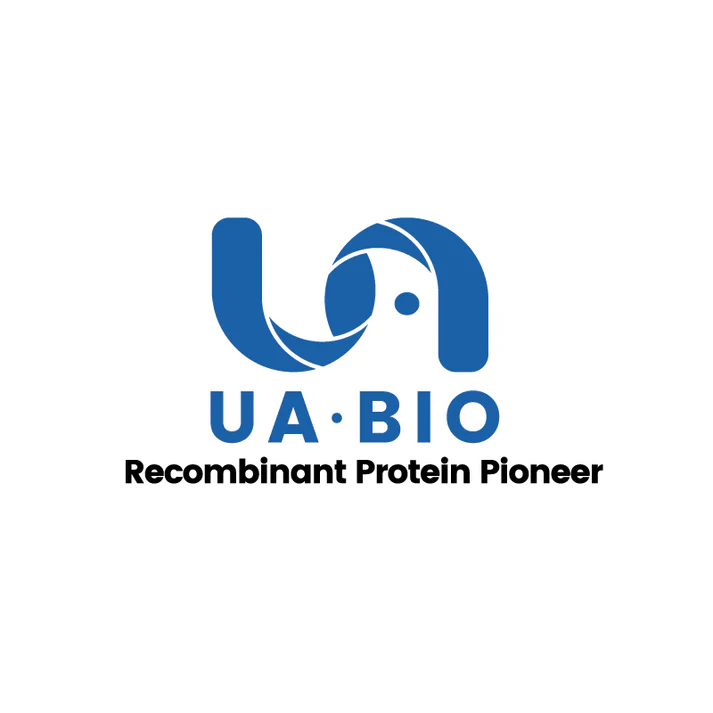1μg (R: reducing condition, N: non-reducing condition).
Product Details
Product Details
Product Specification
| Species | Human |
| Synonyms | Alp-1; APOA1; Apo-AI; apoA-I; Apolipoprotein A1; Apolipoprotein AI; Apolipoprotein A-I; Brp-14; Ltw-1; Lvtw-1; MGC117399; Sep-1; Sep-2 |
| Accession | P02647 |
| Amino Acid Sequence | Arg19-Gln267 with His Tag at the C-Terminus |
| Expression System | HEK293 |
| Molecular Weight | 25-33kDa (Reducing) |
| Purity | >95% by SDS-PAGE & >90% by RP-HPLC |
| Endotoxin | <0.1EU/μg |
| Conjugation | Unconjugated |
| Tag | His Tag |
| Physical Appearance | Lyophilized Powder |
| Storage Buffer | PBS, PH7.4, 5% trehalose |
| Reconstitution | Reconstitute at 0.1-1 mg/ml according to the size in ultrapure water after rapid centrifugation. |
| Stability & Storage | · 12 months from date of receipt, lyophilized powder stored at -20 to -80℃. |
| Reference | 1.Williams, D.L. et al. (2000) J. Biol. Chem. 275:18897. |
Background
Apolipoprotein A1 (ApoA1) is a 28 kDa glycoprotein and the primary protein component of high-density lipoprotein (HDL) particles. HDL particles are central to the reverse cholesterol transport process, moving cholesterol from peripheral tissues to the liver for excretion. ApoA1 plays a specific role in lipid metabolism. Chylomicrons, secreted from intestinal enterocytes, contain ApoA1, which is rapidly transferred to HDL in the bloodstream. This protein facilitates cholesterol efflux from tissues to the liver and serves as a cofactor for lecithin cholesterol acyltransferase (LCAT), an enzyme responsible for the formation of most plasma cholesteryl esters. ApoA1 binds to the scavenger receptor class B type I (SR-BI) and the beta chain of ATP synthase on hepatocytes. Hepatocytes then internalize these particles and transfer cholesterol into bile for excretion.
Picture
Picture
SDS-PAGE
RP-HPLC
The purity of Apolipoprotein A-I/Apo-A1 His Tag Protein, Human is more than 90% determined by RP-HPLC.


